|
Today, I went to the National Archive in Kew, armed with a book on paleography, a magnifying glass and two document references. These documents appear to be the only existing court records covering Dorset in 1687. Would one of them give me sight of the result of Deanes G(r)immerton's case? This was my first visit to the National Archive and I had no idea what to expect. Luckily, I had an extremely knowledgeable friend with me, folklorist Jeremy Harte, to whom I am very, very grateful for both the time he spent helping me and for the knowledge he shared with me. It was a beautiful day and I have to admit that I was hugely excited at the thought of not only seeing the outcome of Deanes's case with my own eyes, but also of seeing the documents themselves. These records are in excess of 330 years old, so I knew that whether I found Deanes or not, it would still be an incredible experience. The family of swans that greeted us (clearly hoping we had something to feed to them - we didn't) was an added bonus for me. Having been ultra-organised, I contacted the National Archive about ten days ago and was advised to use the online service to apply for my reader's ticket and to order my documents. Personally, I rather like speaking to humans for things like this, as they can guide you if you are going off-track, but I dutifully completed the various online applications for the records I would need. I heard nothing back from them, so took this as good news. Of course, when I actually got into the building, I was somewhat less than ultra-organised. I had no idea that folders are not permitted, or that you can only take in ONE plastic pocket. Having spent some time going through my research papers to try to guess what might or might not be relevant, I then had to sort through again and shed the plastic pockets, the folder and some of its contents. This meant that I now had a key for my coat in the cloakroom, a code for my handbag etc in the locker on the ground floor and a key for my folder in a locker on the first floor. The lady on that security check was very patient, but I am pretty sure that internally, she was rolling her eyes. That security check then took us to our third reception desk (fourth if you count the one where we received our reader's tickets). From there, we were directed to another reception desk on the top floor, which meant going through another security check. Fortunately, no eye-rolling needed to occur at this point, which was probably a good thing for everyone, frankly. And then I finally got the Assize records for 1687. These records are amazing. Written in secretary hand by a variety of clerks, they track the route of circuit judges from Cornwall to Hampshire and everywhere in between. It is very fortunate for me that this particular book is written in English rather than Latin, although reading secretary hand is a skill akin to learning a new language. As you can see, while some words are relatively obvious, many are not! This is not from the G(r)immerton case - it's the case of a man who was found with clipped coins and who was sentenced to be drawn and hanged for High Treason. There is something very cold and stark about seeing it written out in front of you. Returning to Deanes, we started scanning the text. I was pleased to find that I could work out some of the words, but much of the writing was very difficult to make out and I am not at all familiar with the numerous abbreviations used by clerks. Jeremy, however, reads secretary hand as easily as his own handwriting and it wasn't long before we found her. And there she was. A simple entry in the Assize record. A handful of words in fairly illegible writing which gave me the penultimate piece in the G(r)immerton jigsaw. I am not going to lie. I had hoped for more. I had hoped for a tiny glimpse of Deanes herself - evidence of a plea, or a defence. But there is nothing of her there. Deep down, I know that I will probably never find anything about Deanes herself, a woman described by Mark Burrows as "pipe-smoking wife Deanes Grimmerton" (Burrows, 'Lizard's Leg, and Howlet's Wing' http://www.dorsetlife.co.uk/2017/02/lizards-leg-and-howlets-wing/). It is highly likely that she will only be remembered because of the pipe which ultimately devastated her life. If I had been on my own, I know I would have cried. I was expecting it to be a pretty emotional moment and I was not wrong. I first encountered Deanes almost two years ago and have been on her trail ever since. Finally, I knew what had happened to her. This is part of the entry for Deanes in the Assize record. It names Nathaniel Scorch, the teenager who fell ill and suffered fits after she shared a pipe of tobacco with him and who accused her of bewitching him.
However, after checking the other document, the Order Book for the period, it soon became evident that there was still a piece of the puzzle missing. The Assize record only mentions Nathaniel Scorch. What about Elizabeth Tillman? Right from the very beginning, I have asked "What about Elizabeth Tillman?" repeatedly because there is something not quite right about her case. She was the teenager allegedly bewitched by Deanes in 1682, who then suffered fits and other symptoms, including something which sounds very like Old Hag syndrome. She died in 1685, apparently as a result of the alleged 'bewitching' - yet there doesn't seem to have been a court case. Her mother Mary Tillman gave evidence alongside the Scorches in 1687, describing what happened to her daughter, but only Nathaniel Scorch is named in the Assize record as a victim. So my work is not quite done. The National Archive revealed almost everything I needed to know, but it appears that I need to retrace my steps and go back to Dorchester to track down the rest of the Elizabeth Tillman story. Once I have that, I will, I hope, have the full story according to the historical records. At that point, I can start delving deeper into the human story which lurks beyond the secretary hand and the precise, emotionless legal vocabulary.
0 Comments
I am very excited that this weekend sees a couple of significant milestones in WITCH's evolution.
Firstly, the show is going to Bristol, to our first ever black box theatre - we're taking it to the Alma Tavern and Theatre on Friday 8th and Saturday 9th September at 8pm. Book in advance at www.almatavernandtheatre.co.uk Secondly - and I am still trying to get my head round this - the Bristol performances will be our 49th and 50th. When I originally wrote WITCH, I hoped that it would suffice for a summer season at the Museum of Witchcraft and Magic. And here we are, just over 13 months later, about to perform the show for the 50th time. I would just like to take a moment to thank everyone who has made WITCH possible - everyone at the Museum, Joyce Froome and Jon Kaneko-James (script advisers), Beryl Furey-King (millinery!), Steve Stocker (loan of props), Mick Burns (for making Sir William's totally awesome flat-pack chair) and to my daughter Alyssa, who, at 10, has been a most capable and efficient stage manager and general assistant for those 13 months. Finally, to Mark and Sam, who have made the characters of Latimer and Tyrell their own and without whose dedication, support and enthusiasm none of this could happen. Thank you all. Photo (c) Tracey Norman 2017 After our successful run at Credfest earlier this month, WITCH is heading to Barnstaple's Fringe Theatrefest on 30th June, 1st and 2nd July. We're performing in St Anne's Arts Centre, a converted chapel, which fits the bill perfectly as far as quirky venues go - but there is another hidden feature which means that it is even more perfect.
St Anne's has a witch-mark on its door. For anyone not familiar with witch-marks, they were symbols known as hexafoils which were carved into wood or stone to protect against witches. They frequently take the shape of a "daisy wheel", but the one at St Anne's is two triangles, one inverted above the other. I am very keen to see this for myself as, unusually, this one is carved into the metal door furniture rather than into the wood of the door itself. If you would like to read about the St Anne's witch-mark, here is the link to an article about it from the North Devon Gazette, written by Tony Gussin (link provided with his permission). www.northdevongazette.co.uk/news/bewitching-mystery-at-historic-barnstaple-building-1-2241706 I was talking about the play recently with my cast-mate Mark, who plays local landowner and magistrate Sir William Tyrell. He asked me a question which made me really think about what I do while I am on stage. We were randomly discussing the way the show has developed since its first performance in July 2016. "I've noticed that a couple of the pauses have got a lot longer," Mark commented. "Why is that?" I thought about the sections of dialogue he was referring to and realised what was happening. The pauses have indeed increased over time because, as I have come to inhabit the character of Margery, her internal dialogue has increased. Throughout each performance, there is a constant dialogue in my head as I react to each of the lines I hear. It's like I am hearing them for the first time. When Margery is put on the spot, the pause has lengthened because I'm not ready to say the next line until the internal dialogue is done. Margery's inner voice is still panicking, desperately wondering how to get out of this particular corner, what she can say to smooth things over, why these people believe such things of her. Only when I have run through how Margery is thinking and feeling at that precise moment can I move on to say the next line. I tried to explain all this - probably badly - and ended up giving a demonstration of what goes through my head during a pause. It's something like this: "What? How can they think that? What do I say? What do I say? How am I going to save myself? I have to make them believe me. Look at the way they are looking at me. I am so frightened, What do I do? I don't know what to do. I don't know what to do...." Mark was intrigued by this peek behind the curtain and said something about method acting, which gave rise to more questions. I've always considered method acting as a way for some actors to go above and beyond in order to really inhabit their character so they can give a more nuanced/informed/believable performance. The one actor I have always associated with method acting is the amazing Meryl Streep. Reading up a little about how she prepares for a role, I realised that what I do could be seen as method acting, although I wouldn't have ever called it that myself. For me, the way I portray Margery is just something that happens, something that feels natural to me when I am on stage. Something that feels totally right and entirely appropriate in my portrayal of Margery. It's not even something that I do consciously. It just...happens. For while Margery is a fictitious character, the many, many women - and men - whom she represents were - and, indeed are - very real indeed. We know many of their names. We know the horrors they faced in their last days. We know that many of them finally met their end by the rope or the fire. WITCH was written specifically to highlight the experiences of those accused of witchcraft and to preserve the words actually spoken during the proceedings. My portrayal and characterisation of Margery stems entirely from my desire to give an honest representation of someone in her situation. It's a sort of homage to the thousands who died needlessly because of suspicion, distrust, dislike, misogyny.... It is their story that I am telling and, therefore, I have a responsibility to tell it properly, in as honest and respectful a way as I possibly can. This has been a much longer post than I expected. When I started thinking about why I do what I do, I knew that it was all about them, the hundreds and hundreds of Margerys over countless years who have been persecuted, ill-treated and vilified simply because they were a little different, or unfortunate, or simply because they were keepers of uncomfortable truths. The image below is from a recent set of publicity shots taken in the library at the Devon & Exeter Institution. Copyright is mine. 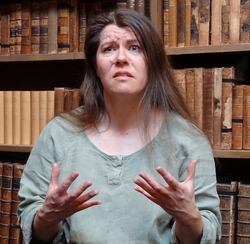 I have been so busy this month preparing for our next public performance that I have been neglecting the website. Sorry about that. I've been trying something a little different with our publicity for this particular performance. If you have had a look at our list of tour dates, you will have seen that we're at St Thomas Library in Exeter on 30th April, which just happens to be Walpurgis Night. I thought I would focus on Twitter for our publicity this time, so I started a couple of hashtags - #30DaysOfWITCH and #WITCHonWalpurgis. #30DaysOfWITCH gives you a daily snippet of information from the research I undertook whilst writing WITCH, while #WITCHonWalpurgis features character information and behind-the-scenes information about the show itself. Why not head to Twitter and have a look? Hopefully you'll find it interesting and, if it intrigues you sufficiently that you head to the Circle of Spears website (www.circleofspears.com/store) to buy a ticket, I will be absolutely delighted. As I was out and about tonight, here is the #30Days I posted earlier, which comes to you from the Candlelit Evening at the Museum of Witchcraft and Magic in Boscastle. (Their candlelit evenings are highly recommended. It's a wonderful, atmospheric way to see a museum.) I am delighted to announce that WITCH has been accepted as a contributor at the Creative Histories conference in Bristol later this year! This is a very exciting opportunity, both for Circle of Spears Productions and for WITCH itself as a separate entity. It will give us a unique opportunity to bring the show to a new audience which will mainly be made up of academics and students - the post-performance Q&A session should be extremely lively, varied and interesting!
The Call for Papers (see link below) really intrigued and excited me, as WITCH seemed ideally suited for it. I personally don't see how societies can progress without understanding and appreciating where they came from, so to me, history is an essential. I am very excited to see what the other contributors bring to the table - I know that I will learn a great deal from watching/listening to them. I will share more information about the conference as soon as it is available, but in the meantime, have a look at the link below, which takes you directly to the Call for Papers (now closed). storyingthepast.files.wordpress.com/2016/11/creative-history-2017-call-for-contributions3.pdf The first performance of WITCH in 2017 took place in Pinhoe Library in Exeter on 24th February. I have a particular fondness for performing the show in amongst books, as it was originally written specifically for performance in the library of the Museum of Witchcraft and Magic in Boscastle. Setting up the show in Pinhoe felt rather like coming home.
The show went extremely well and, as ever, there was a lively Q&A session after the performance, where we discussed the research that went into the show, spoke a little about our characters and answered questions from the audience members. We also received some fantastic feedback from our audience members - have a look at the screenshot I was sent, which is from the St Thomas Library Facebook page. We're taking the show to St Thomas Library in Exeter on 30th April - Walpurgis Night - check out the tour page to see the other dates we have in the diary for 2017! |
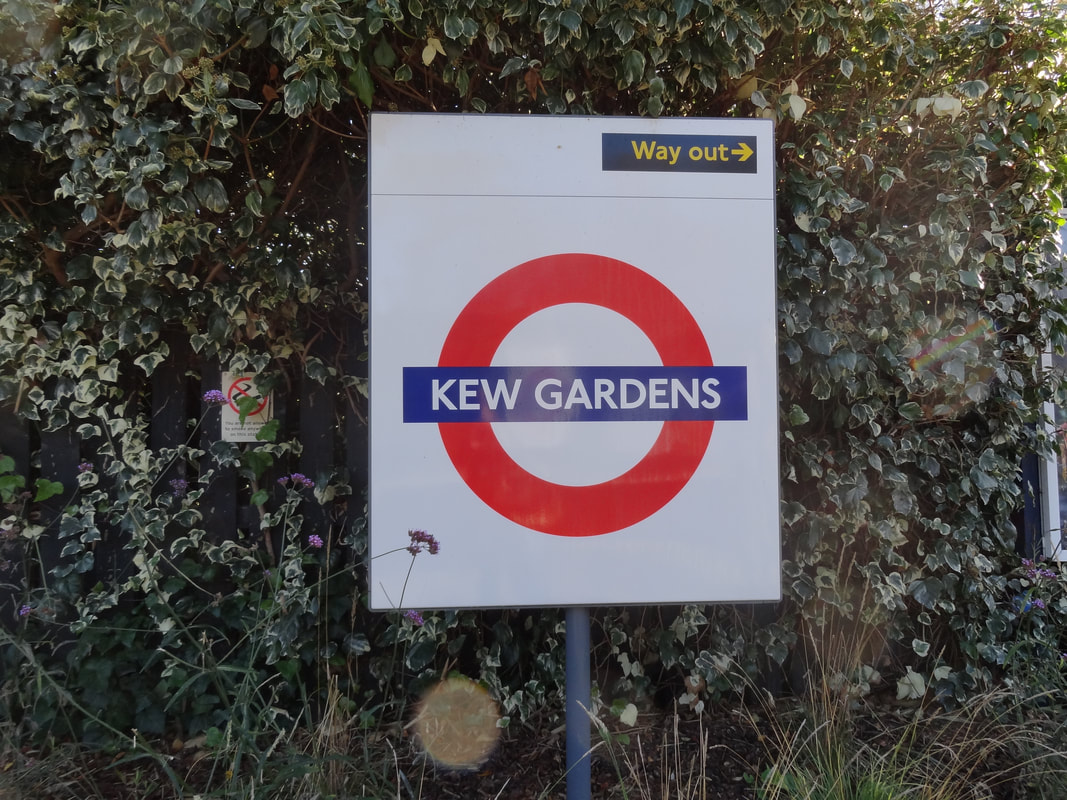
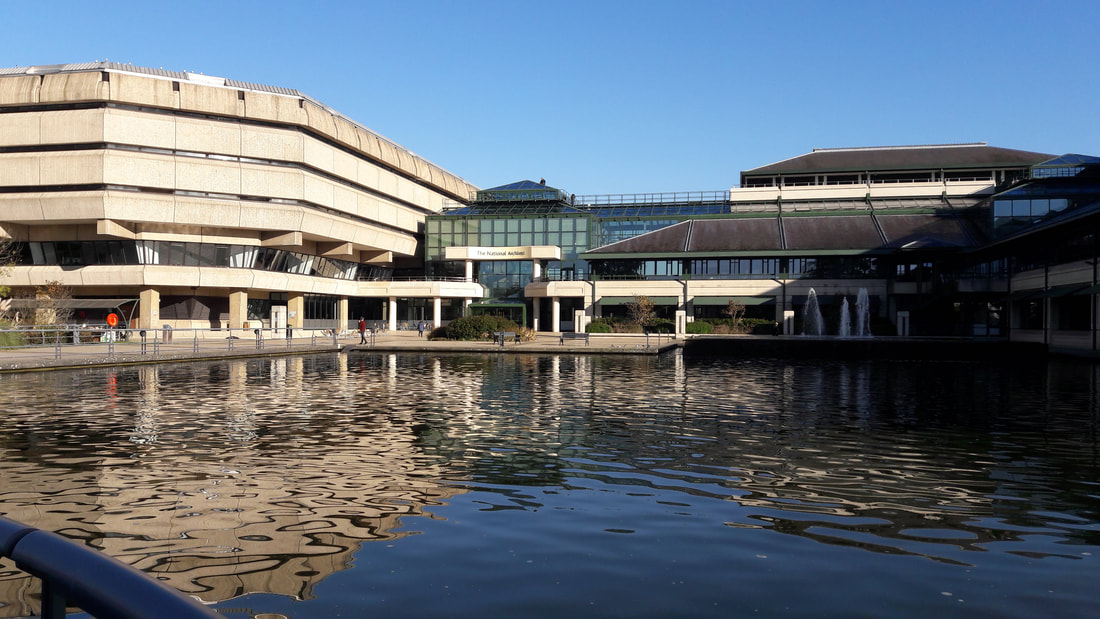
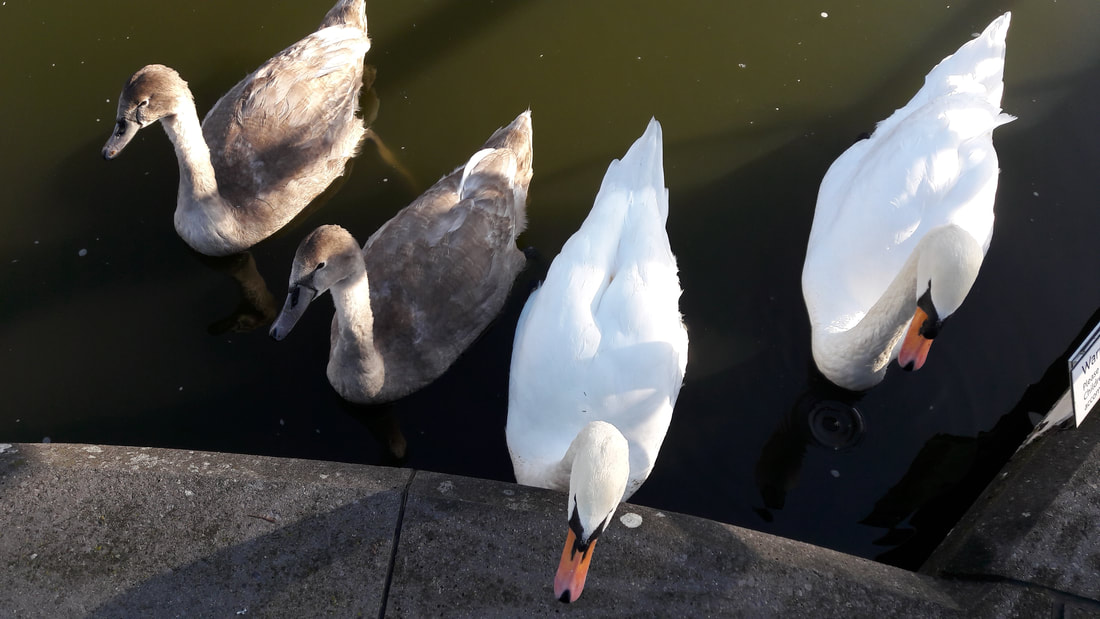
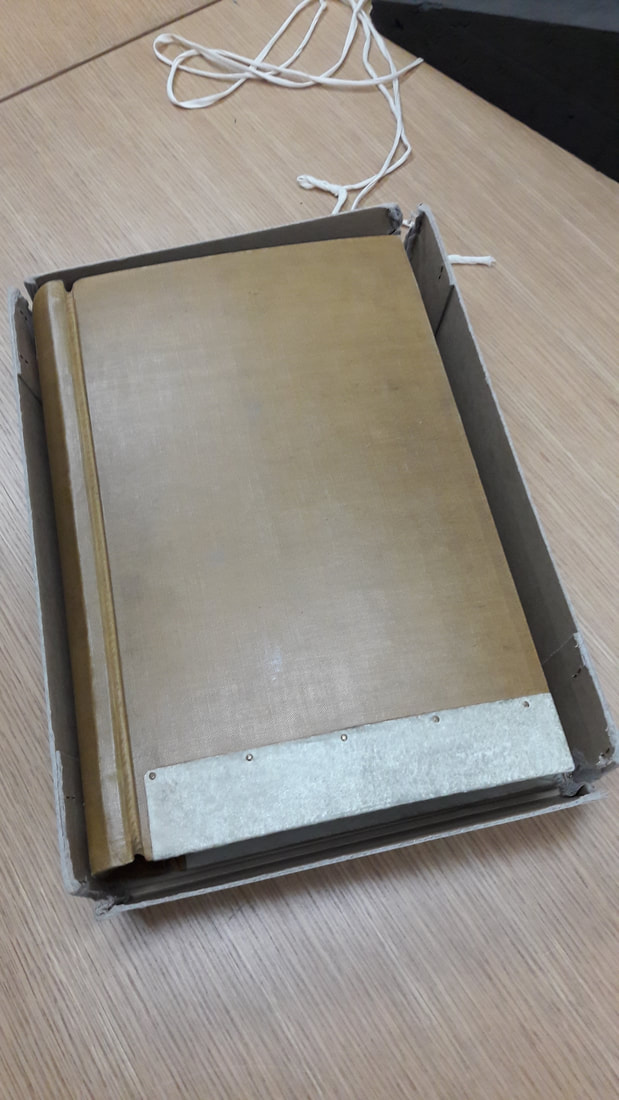
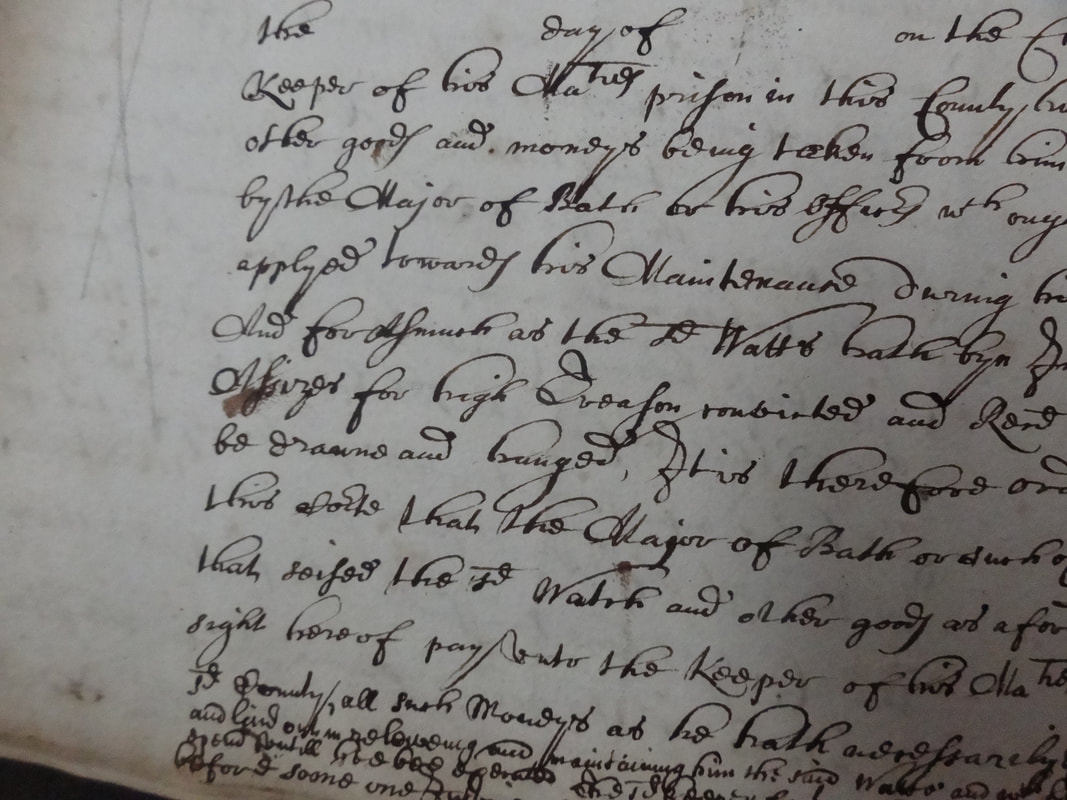
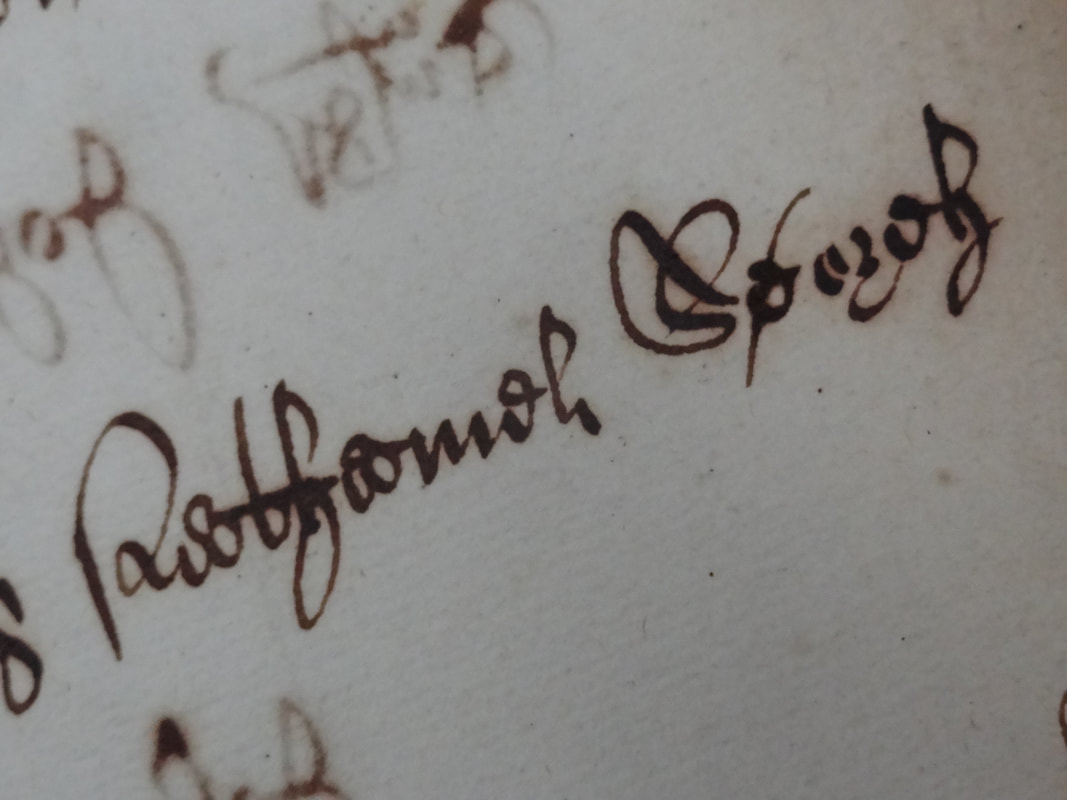
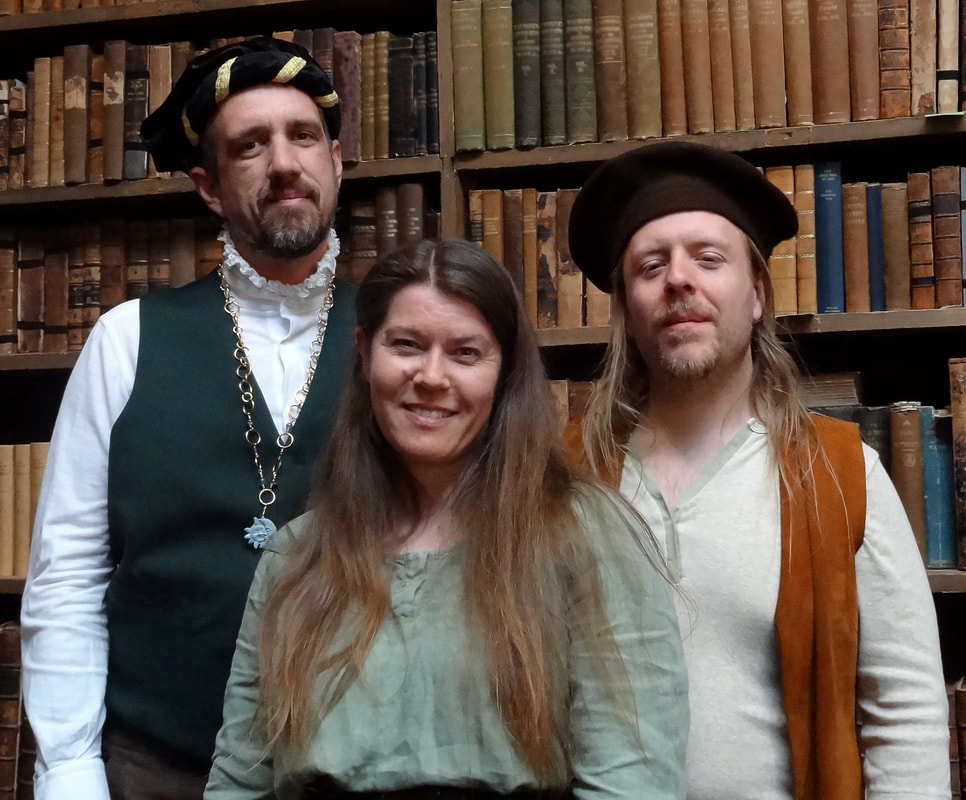
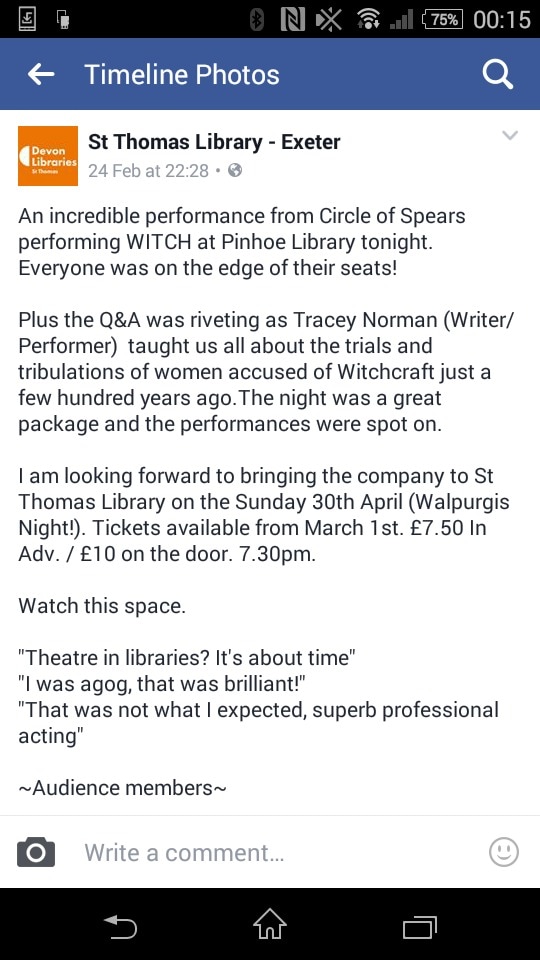
 RSS Feed
RSS Feed
